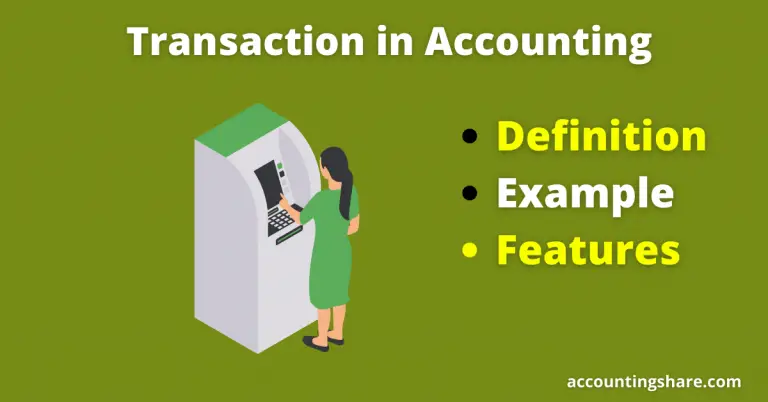Best Ways to Identify Business Transactions [With PDF]
How to Identify Business Transactions?
In this article, we are going to learn how to identify business transactions.
If you want to learn how to identify business transactions, you must first understand the transaction’s characteristics.
Don’t worry if you don’t know; you can read about it here: The ten most important characteristics of transactions.
The following examples show which events are business transactions and which are not.
The following events occurred in Mr. Smith’s business-
- Mr. Smith started a business with $10,000.
- Purchased goods with cash of $5,000.
- Paid to creditors $1,000.
- Placed an order for purchasing goods worth $2,000.
- Paid for promotional expenses worth $1,000.
- Mr. Durfey has been appointed as a Sales Manager in business for a monthly salary of $1,000.
- Withdrawn from business for his personal use $500.
- $100 has been stolen from his personal fund.
- Agreed to purchase goods from Zain International worth $3,000 per month.
- Sold goods to Saina on account of $2,000.
- Opened a bank account by depositing $ 1000
- Purchased stationery of $100
Now we’re trying to figure out whether these events are business transactions or not.
#1. Mr. Smith started a business with $10,000.
It is a business transaction.
Reason: Since cash has been brought in as capital, there has been a financial change that involves two parties: the owner’s capital and the cash. Here cash and capita both has been increased by $10,000
#2. Purchased goods with cash of $5,000.
It is a business transaction.
Reason: Since the value of a product is measurable in terms of money. The purchase of goods is an expense for the business, while the payment has reduced the cash amount.
#3. Paid to creditors $1,000.
It is a business transaction.
Reason: Since there has been a financial change. Payment to the creditor has reduced both the business’s liability and cash, affecting its financial condition.
#4. Placed an order for purchasing goods worth $2,000.
It is not a business transaction.
Reason: Since placing an order for goods does not imply an actual purchase. Because no goods have been bought or sold, there has been no financial change.
#5. Paid for promotional expenses worth $1,000.
It is a business transaction.
Reason: Since the business has benefited from promotional activities, and the cost of doing so has resulted in a financial change.
#6. Mr. Durfey has been appointed as a Sales Manager in business for a monthly salary of $1,000.
It is not a business transaction.
Reason: Giving an appointment letter to anyone has not resulted in any financial change to the business, nor has it resulted in any cash flow.
#7. Withdrawn from business for his personal use $500.
It is a business transaction.
Reason: Since there has been a financial change. The owner has gained a benefit by withdrawing funds from the business, which has impacted the company’s cash flow.
#8. $100 has been stolen from his personal fund.
It is not a business transaction.
Reason: Personal savings losses are not related to the business; the loss belongs solely to the owner. As a result, the company’s cash flow is unaffected.
#9. Agreed to purchase goods from Zain International worth $3,000 per month.
It is not a business transaction.
Reason: Both have been agreed to purchase, but no actual purchase has occurred, and no payment has been made. As a result, no financial changes occur in the business.
#10. Sold goods to Saina on account of $2,000.
It is a business transaction.
Reason: By selling goods on credit to Saina, the company has provided him with a benefit, resulting in an income for the company. It has resulted in a monetary change.
#11. Opened a bank account by depositing $ 1000
It is a business transaction.
Reason: A financial change has occurred. For this transaction, the bank deposit has increased by $1000, while cash has decreased by $1000.
#12. Purchased stationery of $100
It’s a business transaction.
Reason: Because of this event, stationary expenses have increased by $100, while cash has decreased by $100. It has resulted in financial change.
You can also read:




